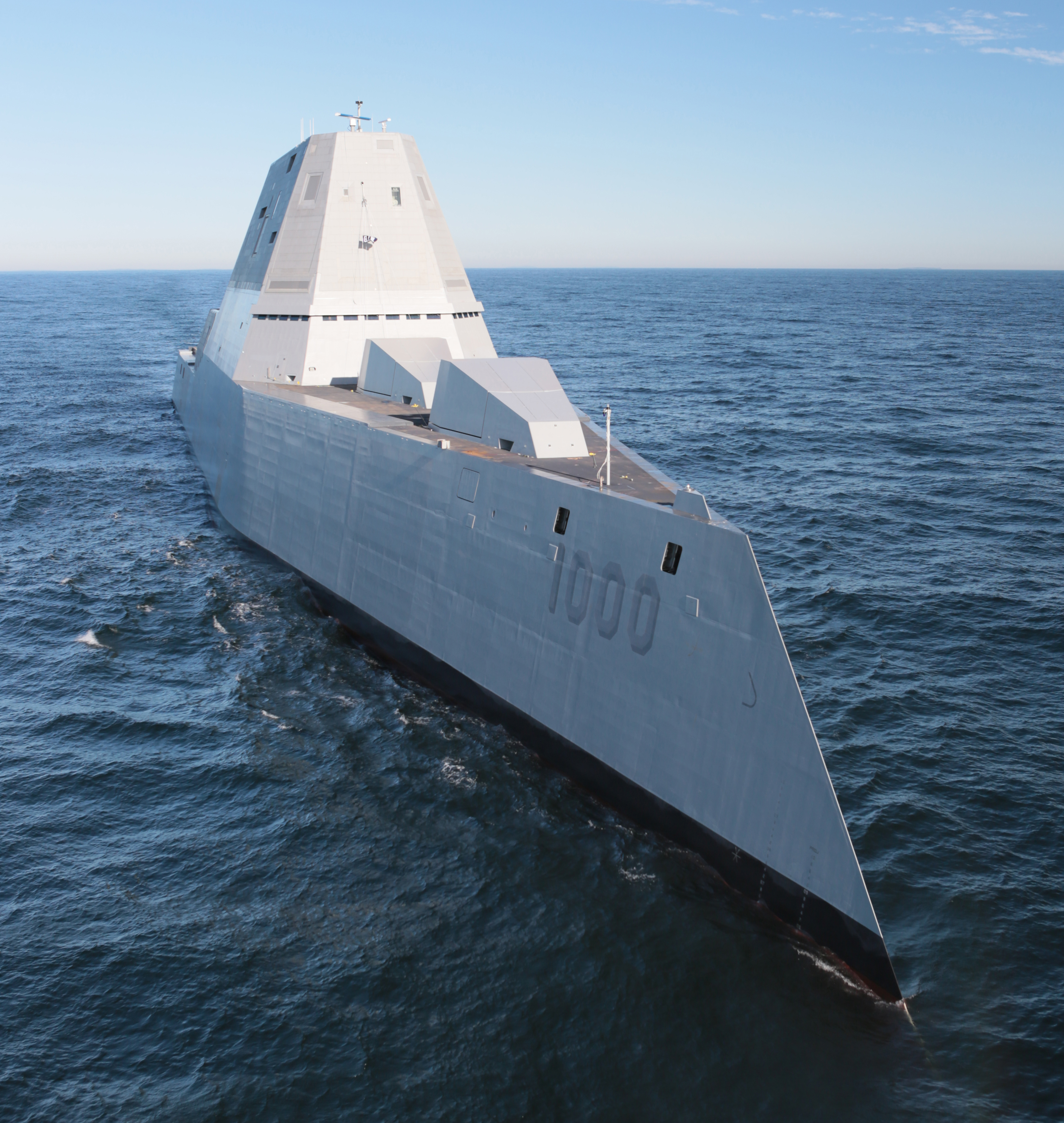Summary of the NSF Presentation on….
2016: Year of Decision in Afghanistan
with
Major General Rick Olson and General John Abizaid
NSF participants were treated to an extraordinary analysis and presentation by Generals Rick Olson and John Abizaid on Afghanistan going forward. Olson commanded the 25th U.S. Army Infantry Division in Afghanistan for a year, and General Abizaid served as Commanding General of CENTCOM for four years, overseeing the wars and conflicts throughout the Middle East.
Olson underlined that more so than any time before, 2016 could prove to be a decisive year in the history of US involvement in Afghanistan. Over the course of the coming months, key trends and events that are likely, and important decisions that will be made, will shape the outcome of close to 15 years of difficult US and coalition military operations in that nation. From the standpoint of the US and its partners, there is little room for optimism about that outcome.
The year begins with a deteriorating security situation that has seen casualties in the Afghan National Security and Defense Forces—and Afghan civilian casualties—at an all time high. Taliban and other anti-government forces are claiming significant gains in territory that they control and provincial district centers being held. Independent assessments of the performance of the Afghan National Army (whose forces are now “in the lead” for all combat operations) point to significant weaknesses that remain unaddressed. On the domestic front, the experiment labeled the Afghan National Unity Government seems to be failing. The Afghan economy is in shambles.
On the coalition side, the main effort has shifted from conducting combat operations to providing advice and assistance to the Afghan military at significantly high levels. The NATO mission Resolute Support is designed specifically to build capacity in defense institutions at the corps level and above. Combat advising at the brigade level and below has virtually ended except in a few select special operations units. US forces are operating under extremely limited authorities when it comes to engaging Taliban fighters or formations, usually employed only when NATO forces are under attack or when threat of attack is imminent.
With this backdrop, the recent arrival of a new commander of NATO and US forces in Afghanistan provides an opportunity for key decision makers to take stock of what can and should be done going forward. The definition of mission success for the coalition at this point seems to be the achievement of what might be called a “manageable level of violence” as the mission winds down. There is very little prospect of defeating the Taliban in any conventional sense of that term. The earlier notion that they could be brought to the table to negotiate some form of cease fire or negotiated agreement seems to have faded for the time being. For now, the best outcome may be achieving conditions on the battlefield that will permit the Afghan National Security and Defense Forces to pick up the fight and establish a security situation that reverses recent trends towards instability—or at least holds them at current levels until conditions can be set for a negotiated settlement that is acceptable to the Afghan national government.
It has become clear that the plan to end US military involvement in Afghanistan that was in place at the beginning of the year will not support the attainment of that end state. Already President Obama’s plan to halve the size of the 10,000-strong US contingent by the end of the year has been abandoned. The revised plan would see a “substantial portion” of that force remain deployed for “most of 2016”. What that translates to in terms of a specific drawdown plan and timelines remains to be seen. Also to be determined is the need for new missions or expanded authorities for US forces that might be necessary as operations continue.
In his commentary, General Abizaid stressed that the threat of Islamic extremism continues to grow. He pointed out that:
- Conditions in several failed or failing states in the Middle East, Central Asia, and large portions of Africa provide sanctuary and breeding grounds for groups like Al Qaeda and the Islamic State. These groups will stop at nothing to spread their ideology and inflict violence and destruction on targets in the West. Especially worrisome is the threat that they will obtain a nuclear weapon or nuclear/radioactive materials to build a “dirty bomb”.
- To date the US response to this growing threat has been inadequate. We have failed to even develop a coherent strategic framework to adequately address the threats we face.
- The next president will be forced to address this significant threat, having been handed a portfolio of failed policies and responses to work from.
- A stronger set of military responses will be required— going beyond just a disjointed set of decapitation strikes and employing such measures as “boots on the ground” to defeat AQ, IS, and affiliated extremist organizations.
We would like to note that while the presentations themselves were on the record, the Q&A period that featured significant personal viewpoints was off the record. That seems to be a format that we will be following in most of our upcoming programs.

